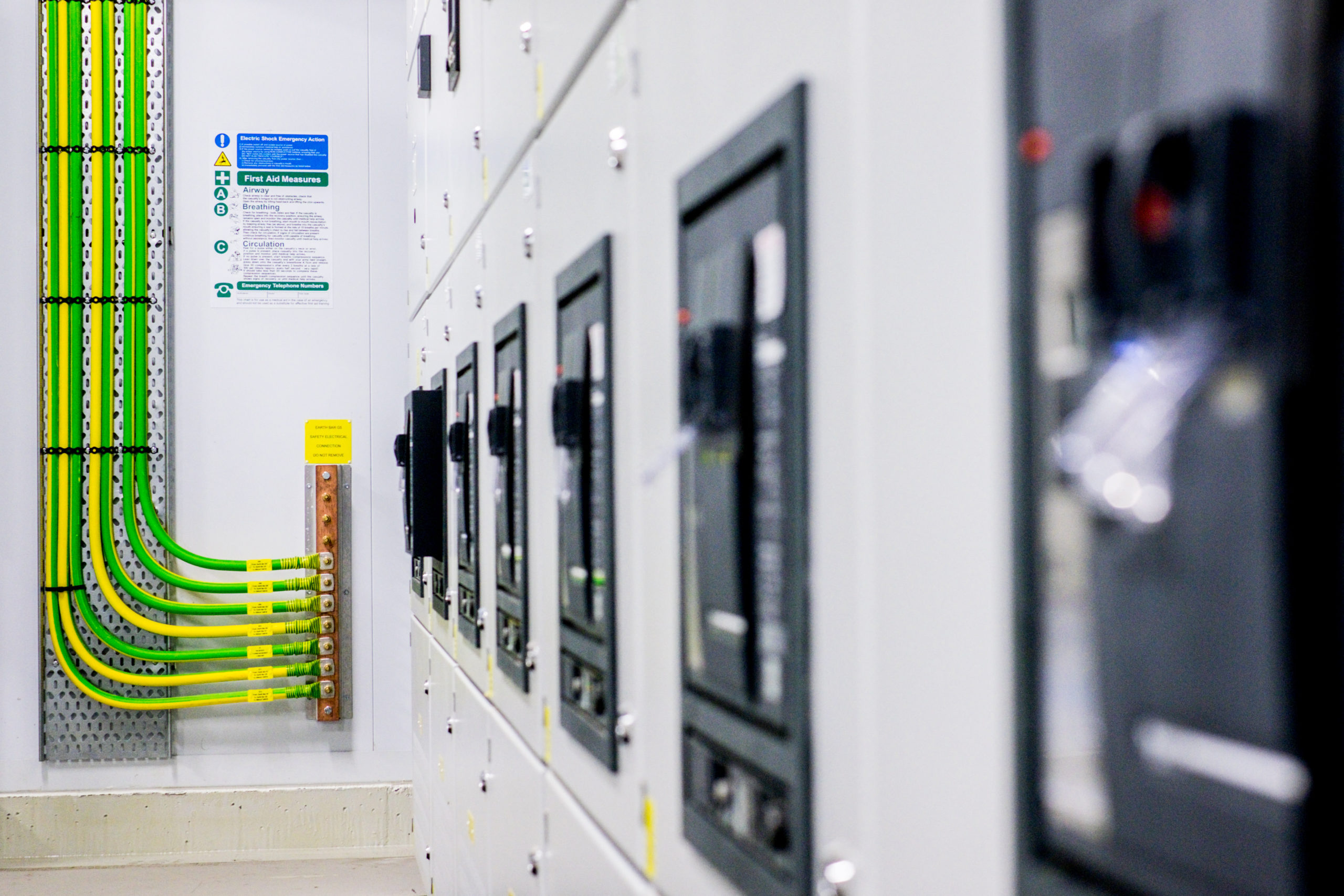It’s been nearly 200 years since the first tentative steps to construct cables that could transfer data underwater. Despite satellite, wireless and other technology, the main conduit for long-distance data transfer today remains the cable.
History of pipes
1842 – Samuel Morse, inventor of Morse code, submerges a wire insulated with hemp and India rubber into New York harbour and succeeds in sending a telegraph signal though it.
1850s – The first successful commercial undersea cables link Britain with Ireland, Belgium and the Netherlands.
1860s – Brunel’s famous ship the Great Eastern lays the first transatlantic telegraph cable. Its homeport was Greenwich, where the original cable factory also was, and which is also home to the Greenwich Meridian.
1860s-1940s – Over 70% of the world’s undersea cables are manufactured and laid by The Telegraph Construction and Maintenance Company Ltd. (Telcon), based in Enderby’s Wharf in Greenwich.
1896 – There are now 36 cable laying ships in the world, 24 of them owned and operated by British companies.
1902-3 – The first transpacific cables are laid, linking Hawaii to the US mainland and Guam to the Philippines.
1980s – The first fibre-optic cables are laid. A fibre-optic cable comprises multiple pairs of fibres and each pair has one fibre in each direction.
1988 – The first transatlantic cable is laid, with a capacity of 40,000 telephone channels.
2002 – Overexpansion in the cable market and the high cost of building cables puts a temporary end to new investments in cable systems.
2014 – Aqua Comms is founded, going on to pioneer a new generation of cables from the United States to the British Isles and Scandinavia. A few years earlier, cables could transfer only 3 terabits per second of data, but that figure is now 30 terabits – at no extra cost.
2020 – Stellium partners with Aqua Comms to deliver North Sea Connect, an undersea cable that effectively puts Newcastle closer to New York than London is. Just as Greenwich was at the heart of the first transatlantic cables, and remains the Prime Meridian for North-South measurement, so now Stellium has become the new Data Meridian for data transfer between East and West, and in all directions beyond.

As for the future, Stellium will continue to play a major role in helping to pioneer faster, higher-capacity data transfer via cable. We work with our partners to break the barriers of space and power, with systems planned that could one day transfer 60, 70 or even 80 terabits of data per second.



